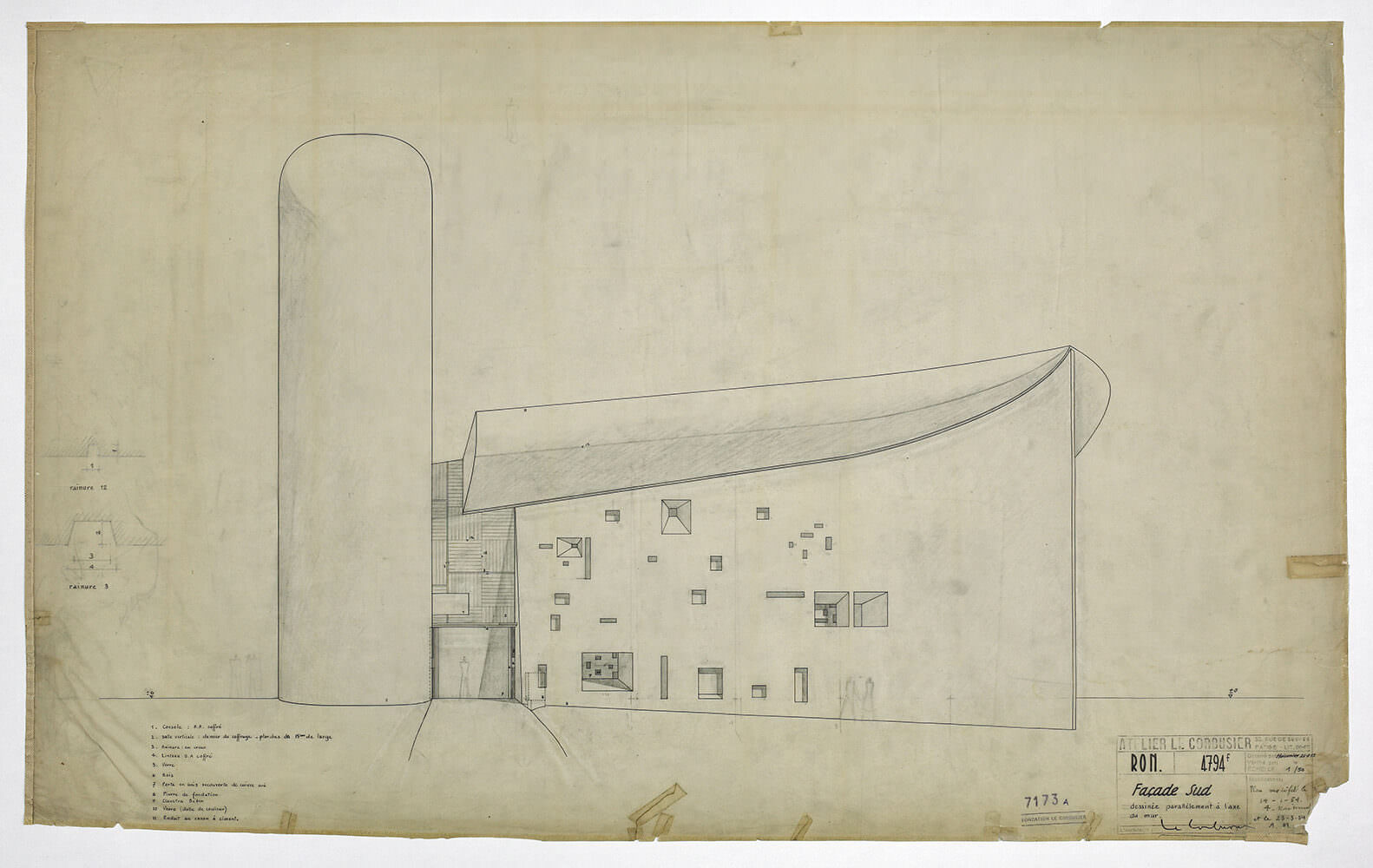
The building at the time was mostly from the 19th and 20th century and deprived of any architectural interest. It first liberated the hill on the 30 th of September and then the village of Ronchamp on the 2 nd of October.īut the chapel was seriously damaged. The First Armoured Division made its way slowly. It was used as a strategic vantage point and the bell tower as a transmitting set of military radio. Indeed, the Germans had entrenched themselves on the hill. This chapel was finally bombed down in 1944 during the fighting of Ronchamp’s Liberation. It was rebuilt after it was struck by lightning and burnt to the ground in 1913. Ever since and up to now, the top of the hill has been privately owned.īetween the French Revolution and WWII, the chapel underwent many changes. Indeed, 40 families from Ronchamp bought the chapel in 1799 in order to give it back its religious function. It is only during the 20th century that the second pilgrimage was established, on the 15 th August, for the Assumption.ĭuring the French Revolution, in 1789, the chapel was sold as a National Property.

Unhappily, we have no ancient sketch of the Chapel dating from this period. Pilgrims have come from the whole region ever since to pray to the Virgin Mary on the 8th September, Nativity of Mary.

The privileged situation of the site, at the top of the hill, encouraged the settlement of a place of worship, probably at a time when Christianism was taking root in the region at the end of the 6th century A.D.Ī pilgrimage was mentioned as early as the 9th century. There might have been a Roman military camp. What was there before this time? The situation of the hill at the entrance of the Belfort Gap, a natural way between the Saône Plain and Alsace, leads to think that it was used as a strategic place during the Antiquity. The history of the hill is unknown to us before the 11th century.


 0 kommentar(er)
0 kommentar(er)
